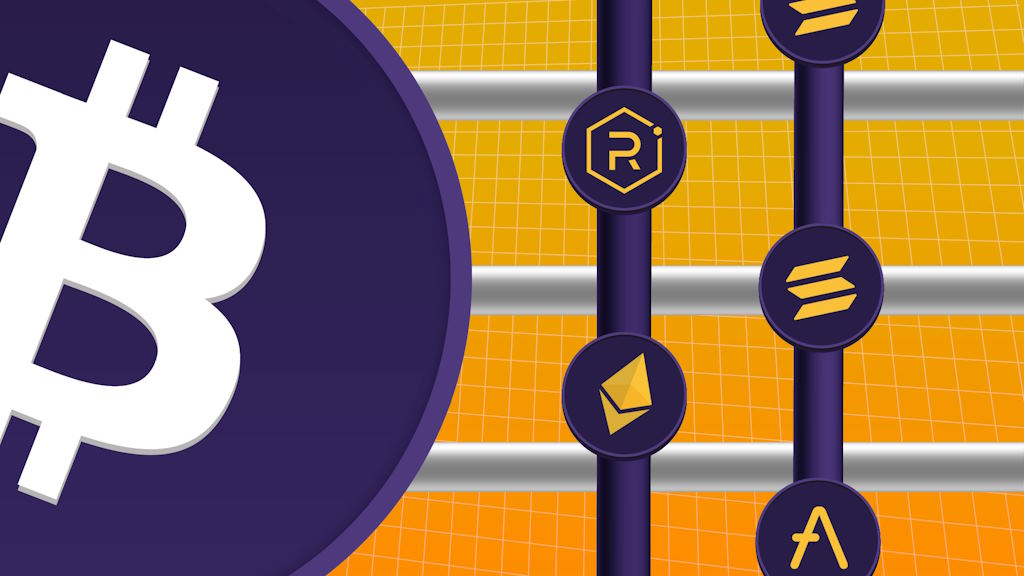In an era marked by the digital revolution, blockchain technology has emerged as a revolutionary force, promising unprecedented levels of security and transparency. As the backbone of cryptocurrencies like Bitcoin and Ethereum, blockchain has transcended its initial use case to find applications in various industries, from finance and healthcare to supply chain management. However, amid the widespread enthusiasm surrounding the decentralized ledger system, there exists a landscape rife with misconceptions about its security.
Misconception 1: “Blockchain is Completely Secure”
The prevailing belief that blockchain is an impregnable fortress against cyber threats is a misconception that needs unraveling. While the decentralized nature of blockchain enhances security, it does not make it immune to vulnerabilities. The distributed ledger is designed to resist censorship and tampering, but it does not eliminate all potential risks.
The decentralized nature of blockchain is a double-edged sword. On one hand, it ensures that no single entity has control over the entire network, reducing the risk of a single point of failure. On the other hand, the distributed nature of blockchain makes it susceptible to consensus vulnerabilities, as achieving agreement among nodes is a fundamental aspect of its functionality.
Historical incidents, such as the notorious DAO hack in 2016, exemplify how vulnerabilities in smart contracts—a key feature of blockchain—can be exploited. The incident resulted in a contentious hard fork of the Ethereum blockchain to rectify the exploited vulnerability, highlighting that even the most prominent blockchain networks are not impervious to security breaches.

Misconception 2: “Blockchain is Anonymous”
Another widespread misconception is that blockchain transactions are entirely anonymous. While transactions on a blockchain are pseudonymous, meaning they are not directly linked to the identities of users, achieving true anonymity is challenging.
In reality, the transparent and immutable nature of the blockchain makes it possible to trace transactions and analyze patterns. Chain analysis, a method used to track and de-anonymize blockchain transactions, has become more sophisticated over time. Law enforcement agencies and cybersecurity experts have successfully used these techniques to link transactions to real-world identities in various cases.
Cases like the Silk Road investigation underscore the fallacy of absolute anonymity on the blockchain. Despite the pseudonymous nature of transactions, authorities were able to trace and apprehend individuals involved in illegal activities, revealing that blockchain anonymity is not as impenetrable as commonly believed.

Misconception 3: “Smart Contracts are Flawless”
Smart contracts, self-executing contracts with the terms of the agreement directly written into code, are a cornerstone of blockchain technology. However, the misconception that smart contracts are flawless and immune to errors can have severe consequences.
In reality, smart contracts are susceptible to coding mistakes and vulnerabilities, leading to exploitable weaknesses. The infamous DAO incident mentioned earlier was a result of a flaw in the smart contract code, allowing attackers to siphon off a significant amount of Ethereum.
Developers must exercise extreme caution and conduct thorough audits when creating smart contracts to minimize the risk of vulnerabilities. The misconception that smart contracts are infallible can lead to complacency in the development process, posing significant threats to the security of blockchain applications.
Misconception 4: “Private Blockchains are Invulnerable”
The distinction between public and private blockchains is a crucial factor in understanding blockchain security. While private blockchains offer certain advantages, assuming they are invulnerable to security breaches is a misconception that warrants scrutiny.
Private blockchains, operated by a limited number of trusted entities, may indeed reduce some security risks associated with public blockchains. However, they introduce new challenges, such as reliance on a central authority and potential insider threats. Cases of security breaches in private blockchains serve as stark reminders that no system is entirely foolproof.










































